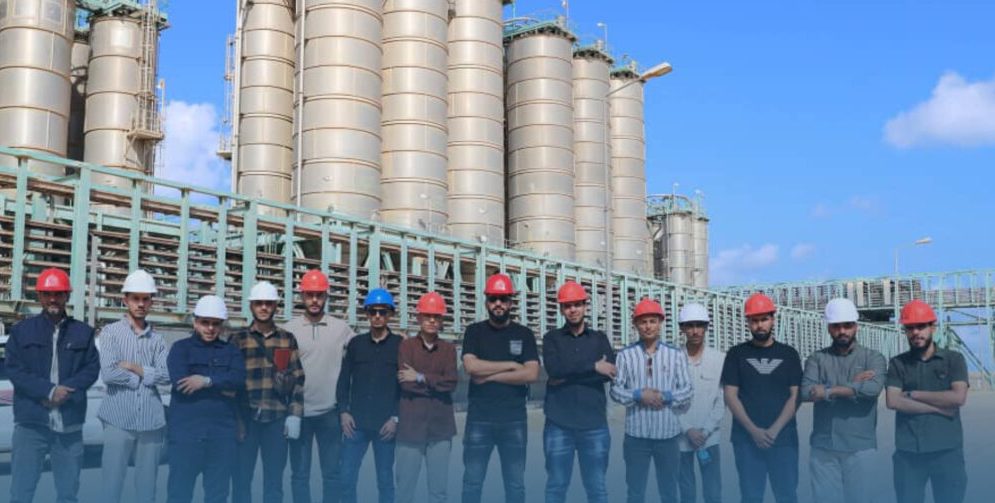Libya leads regional efforts to manage irregular migration responsibly
Libya is now home to 894,890 migrants from 45 different nationalities, according to the International Organisation for Migration’s (IOM) latest Displacement Tracking Matrix (DTM) report covering May to July 2025.
The figure marks a 3 per cent increase compared with the previous assessment and an 18 per cent rise on the same period last year — a continuation of the upward trend observed since late 2023.
Origins and distribution
The report found that migrants from Sudan (35%), Niger (21%), Egypt (19%), Chad (9%), and Nigeria (3%) constitute the largest groups.
Of the total, 78 per cent are adult men, 11 per cent are women, while 7 per cent are accompanied children and 4 per cent unaccompanied minors.
Regionally, western Libya hosts 53 per cent of all migrants, followed by the east (35%) and the south (12%).
Employment levels remain relatively high, with 76 per cent of migrants reporting that they work in Libya, mainly in construction, agriculture, and domestic services. However, the IOM noted a pronounced gender gap: 79 per cent of men are employed, compared with just 37 per cent of women.
Economic pressures still driving movement
The IOM identified economic hardship as the leading factor pushing people to migrate to Libya, with conflict and insecurity in their home countries also contributing.
While many migrants find some form of employment once in Libya, most endure unstable working conditions, low pay, and restricted access to essential services such as healthcare and legal assistance.
The organisation cautioned that its figures reflect only the number of individuals identified and surveyed, not the total population of irregular migrants in the country.
Government reports 52,000 deportations since 2023
During a cabinet session in March 2025, Acting Minister of Interior Imad Trabelsi stated that the ministry had deported 20,000 irregular migrants in 2023 and an additional 32,000 since the beginning of 2024.
He said the operations formed part of broader efforts to reinforce border controls and combat human trafficking and illegal entry.
Trabelsi estimated that between 3 and 3.5 million irregular migrants are currently in Libya, suggesting that hundreds continue to arrive daily.
While these figures far exceed those recorded by the IOM, they are widely interpreted as indicative rather than verified — reflecting administrative assessments rather than field data.
Dabaiba: “Libya will not be a home for irregular migration”
Prime Minister Abdulhamid Dabaiba, speaking at the same cabinet meeting, reaffirmed that Libya would not serve as a permanent destination for irregular migrants, declaring that the security and stability of the Libyan people is a red line.
He rejected rumours that the government intended to resettle migrants, describing such claims as baseless.
“Libya is not Europe’s security guard, nor will it be treated as a dumping ground for migrants expelled from neighbouring countries,” he said, adding that the country has inherited a complex migration problem and remains primarily a transit route for those seeking to reach Europe.
Calls for greater international responsibility
Dabaiba also urged the international community to shoulder its share of responsibility, arguing that Libya cannot manage migration pressures alone.
He appealed to the European Union and partner states to increase technical and financial support, emphasising the need for a balanced approach that respects both humanitarian standards and national sovereignty.
The wider picture
Libya’s role in the central Mediterranean migration route remains central to regional diplomacy, yet deeply complicated by fragmented governance, shifting security conditions, and competing international agendas.
Analysts note that the growing mismatch between official statistics, local estimates, and political narratives reflects not only the scale of movement but also the absence of a coherent migration policy capable of reconciling domestic priorities with international expectations.





